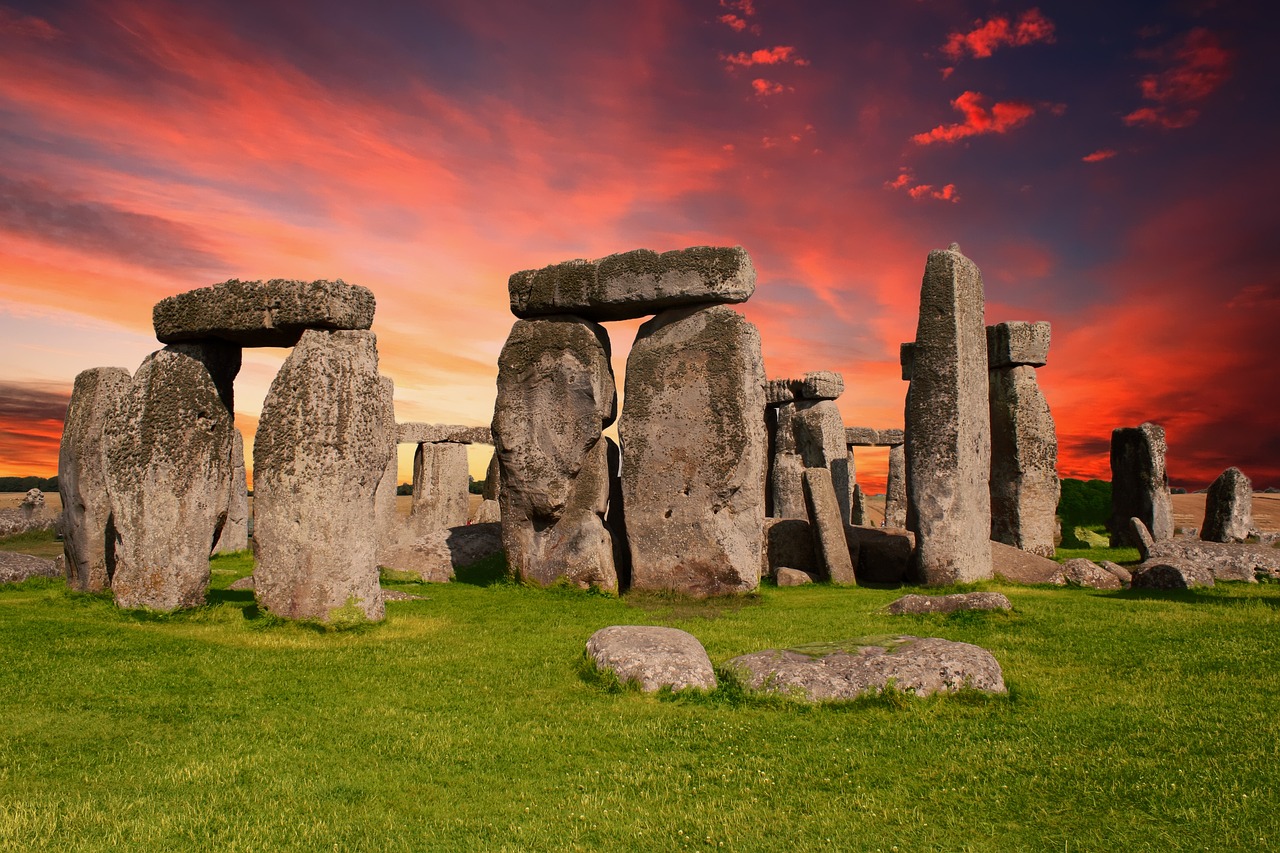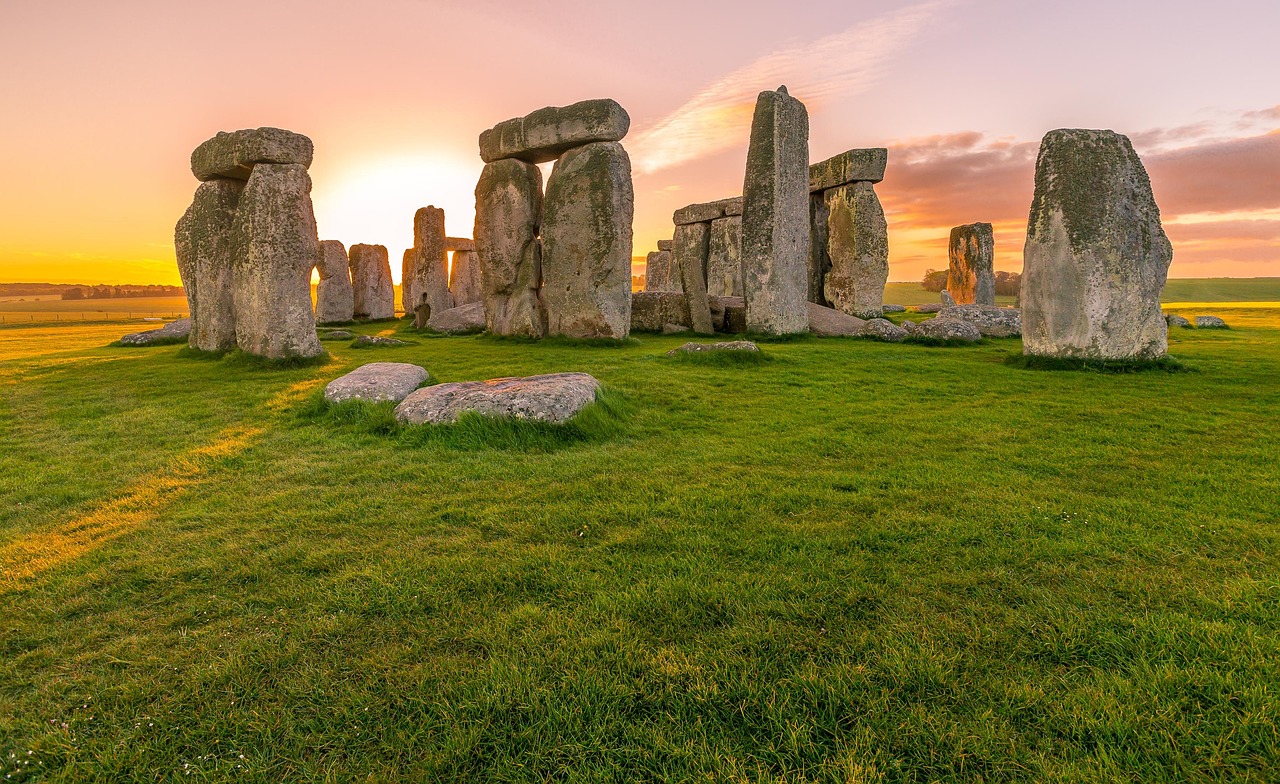Stonehenge is one of the most famous and mysterious monuments in the world. Located in Wiltshire, England, it consists of massive stone blocks arranged in a circular formation. These stones, called megaliths, have fascinated people for centuries due to their size, age, and the mystery of their purpose.
Archaeologists believe Stonehenge was constructed around 5,000 years ago, during the Neolithic period. Despite its age, the monument remains remarkably well-preserved. This ancient site continues to draw tourists and researchers alike, all eager to uncover the secrets of Stonehenge.
Theories About Its Purpose
Many theories exist about why Stonehenge was built. Some believe it served as a religious temple for ancient druids. Others think it might have been an astronomical observatory, used to track the movements of the sun, moon, and stars. This is supported by the alignment of the stones with the solstices.
Another theory suggests that Stonehenge was a burial ground or a place for healing. Excavations have revealed human remains nearby, hinting at possible funeral rituals. Despite these theories, the true purpose of Stonehenge remains unknown, adding to its mystique.
The Construction of Stonehenge
Building Stonehenge was a monumental task, especially considering the limited technology of the time. The largest stones, known as sarsens, weigh up to 25 tons each and were transported from Marlborough Downs, about 20 miles away. The smaller stones, called bluestones, came from Wales, nearly 150 miles away.
It is still a mystery how ancient people managed to move these massive stones and erect them in such a precise arrangement. Some theories suggest the use of sledges, rollers, and ropes. The incredible effort and engineering skills required for this construction are truly impressive.
The Layout and Structure
Stonehenge is composed of a ring of standing stones, with some arranged in a horseshoe shape in the center. The stones are connected by horizontal lintels, creating a series of arches. The entire structure is surrounded by a circular ditch and bank, which adds to its grandeur.
In the middle of Stonehenge, there is a large sandstone slab known as the Altar Stone. This stone is thought to have been used for ceremonial purposes, although its exact function remains a topic of debate. The arrangement and design of the stones highlight the advanced understanding of architecture and astronomy possessed by the builders.
Alignments with the Solstices
One of the most fascinating aspects of Stonehenge is its alignment with the solstices. On the summer solstice, the longest day of the year, the sun rises directly above the Heel Stone and shines into the center of the monument. Similarly, on the winter solstice, the shortest day of the year, the sun sets in alignment with the stones.
These alignments suggest that Stonehenge was used to mark important astronomical events. The precision of these alignments demonstrates the builders’ advanced knowledge of the sun’s movements and the seasons, indicating that Stonehenge may have played a significant role in ancient rituals and celebrations.
Modern Research and Discoveries
Modern technology has provided new insights into Stonehenge. Techniques such as ground-penetrating radar and 3D scanning have revealed previously hidden features and helped researchers understand more about the site’s construction and use. These tools have also uncovered nearby settlements and other structures, shedding light on the lives of the people who built Stonehenge.
Ongoing research continues to uncover new information about Stonehenge. Each discovery brings us closer to understanding the purpose and significance of this ancient monument. Despite the many unanswered questions, Stonehenge remains a powerful symbol of human ingenuity and mystery.
A UNESCO World Heritage Site
In 1986, Stonehenge was designated a UNESCO World Heritage Site. This recognition highlights its cultural and historical importance. The status helps protect the monument and ensures that it will be preserved for future generations to study and enjoy.
Being a UNESCO World Heritage Site also attracts visitors from around the world. Stonehenge is not only a significant archaeological site but also a popular tourist destination. People are drawn to its enigmatic beauty and the opportunity to ponder the mysteries of this ancient structure.
Visiting Stonehenge Today
Today, visitors to Stonehenge can explore the monument and learn about its history through guided tours and a visitor center. The center features exhibitions, displays, and a replica of a Neolithic village, providing context and background information about the site and its builders.
